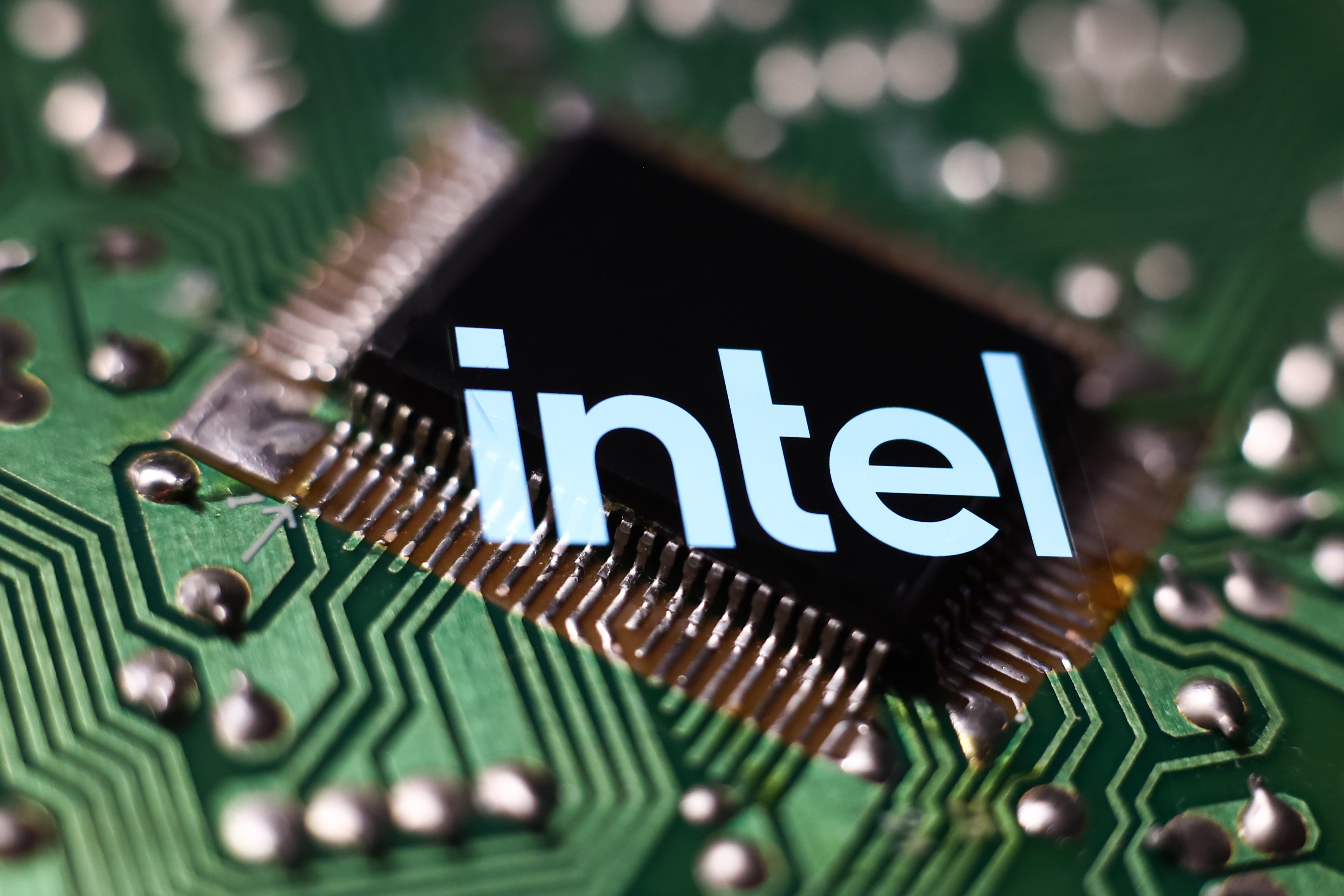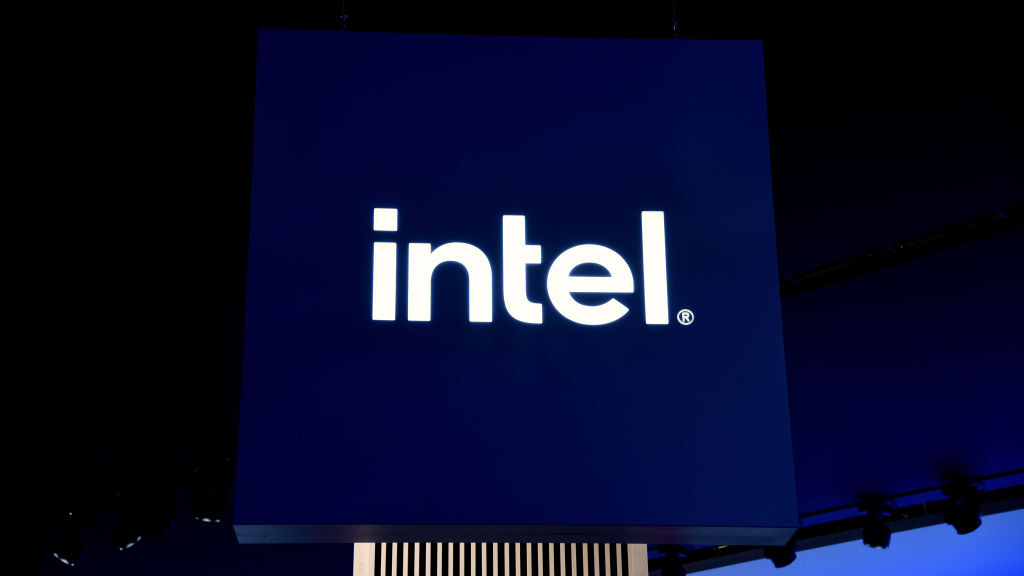How to support your workforce
Now that the drive towards home and mobile working has been accelerated during the global pandemic, a solid remote management platform is essential to keep your employees supported

Work habits have changed a lot over the last couple of decades. Ubiquitous desktop and mobile computers have untied employees from their office desks, with a gradual move towards “road warriors” working wherever they can find somewhere to rest a laptop and remote employees operating at their place of residence. The 2020 pandemic has massively accelerated this shift towards working from home, so that now companies may have most of their employees outside the traditional office space. But this makes for a hugely complicated environment for managing employee devices to keep them updated, secure and free from faults.
The diversification of locations has been accompanied by a diversification of devices. In many cases desktops have been replaced by laptops, giving workers increased flexibility in terms of where and when they work. Putting aside the valid concerns about never being able to stop working, even on holiday, generally workers are happy with the increased flexibility and potential for improved work-life balance from the many new ways of contributing labour outside the traditional office.
The shift to mobile working has been inexorable. In 2017, a report by the Trades Union Congress (TUC) revealed that 1-in-16 people in the UK were working from home during 2016, a rise of eight percent over the previous year. Around the same time, analysis by Strategy Analytics predicted that the global mobile workforce would rise from 1.45 billion in 2016 to 1.87 billion in 2022, making up 42.5 percent of workers worldwide. But the pandemic has accelerated this transition so that, by June 2020, 42% of the US labour force was working from home. There’s a good chance many of them won’t go back as restrictions lift, having proven that they can remain productive without needing to be tied physically to the office.
Aside from the increased exposure to cybersecurity threats for work devices being used outside the office, there is the greater difficulty of IT technical support across such a broad range of places. If employees’ work locations are not within walking distance of the system administrator’s office, all management of the IT estate must be performed remotely. This includes keeping software up to date, diagnosing problems that employees encounter with their IT equipment, and providing fixes. If a remote machine that is on the corporate network via a VPN becomes compromised, it may also be necessary to quarantine that system, so it doesn’t infect other computers.
The mixture of device types – fixed to desks and mobile – further accentuates these difficulties. In the office, employees are likely to have a limited range of desktop brands and configurations, with a uniform software installation, or at least a qualified list of options. But add in mobility and this will require a greater selection of devices. You may set up an employee working from home with a desktop and the standard office configuration, but more likely it will be a notebook, and there could be a number of different types offered depending on whether the employee needs desktop-like power or longer battery life.
Systems administrators need to be able to manage all these different device types from afar and have complete confidence about the behaviour of the system they are accessing. This requires a common configuration basis that is specifically designed to enable a uniform level of manageability across devices with different specifications and abilities at the user level. The administrator can then be sure that updates, fixes and monitoring will be applied in a reliable fashion, so the employee can enjoy a dependable level of support of a similar nature to what would have been available in the office.
This is where Intel’s vPro® platform can form the essential basis an organisation needs to keep its employees adequately supported. The Intel vPro® platform provides business-grade manageability across a broad range of device types, from laptops and desktop PCs to kiosks, and even digital signage. The administrator can monitor and repair all these systems in the same way, whether they are out of band, on-premises or off-premises.
A key element of the Intel vPro® platform is Intel Active Management Technology (AMT), which incorporates tools to discover, monitor, repair, restore and help protect systems. Intel AMT features include the ability to remotely power up and reset computers through an encrypted interface. If a remote system’s boot device is proving problematic, it is possible to redirect the boot process remotely. The administrator can also get pre-boot access to BIOS settings, to assist when these need adjustments. Network traffic can be programmed to filter certain types of data. Alerts can be set up around policies, so the IT department can watch for unusual or unwanted activities on the system. Particularly useful for support is the ability to access the remote computer’s unique identifier, hardware asset details, and event logs. This is not stored on the boot drive but within dedicated memory, so can even be accessed when the system refuses to boot properly or is turned off. This enables support for problems that would traditionally have required a physical visit from the IT team. Intel’s cloud-based Endpoint Management Assistant (EMA) can provision and manage AMT.
The technology enabling the vPro® platform is built into a range of Intel® Core™ i5, i7 and Xeon processors, for mobile as well as desktop. So it will be possible to supply a worker with precisely the system they need for their employment scenario – be it traditional in-office, use on the road, or working from home. With the world of employment so radically transformed during the pandemic, and unlikely to be the same ever again, there has never been a greater need for dependable remote management. Using the Intel vPro® platform, the IT department can support employees in the same way wherever they are, giving them the peace of mind they need to work with confidence under all circumstances.
Learn more about the Intel vPro® platform and how it can help your business.
Sign up today and you will receive a free copy of our Future Focus 2025 report - the leading guidance on AI, cybersecurity and other IT challenges as per 700+ senior executives
ITPro is a global business technology website providing the latest news, analysis, and business insight for IT decision-makers. Whether it's cyber security, cloud computing, IT infrastructure, or business strategy, we aim to equip leaders with the data they need to make informed IT investments.
For regular updates delivered to your inbox and social feeds, be sure to sign up to our daily newsletter and follow on us LinkedIn and Twitter.
-
 Gender diversity improvements could be the key to tackling the UK's AI skills shortage
Gender diversity improvements could be the key to tackling the UK's AI skills shortageNews Encouraging more women to pursue tech careers could plug huge gaps in the AI workforce
-
 Researchers claim Salt Typhoon masterminds learned their trade at Cisco Network Academy
Researchers claim Salt Typhoon masterminds learned their trade at Cisco Network AcademyNews The Salt Typhoon hacker group has targeted telecoms operators and US National Guard networks in recent years
-
 Gaining timely insights with AI inferencing at the edge
Gaining timely insights with AI inferencing at the edgeWhitepaper Business differentiation in an AI-everywhere era
-
 Scaling AI from pilot to production: Maximize AI impact with HPE & Intel
Scaling AI from pilot to production: Maximize AI impact with HPE & IntelWhitepaper Transform AI proof-of-concepts into full-scale implementations
-
 UK supercomputer boom as HPE and Dell receive funding for new AI cluster
UK supercomputer boom as HPE and Dell receive funding for new AI clusterNews The UK’s AI computing capabilities will increase by an order of magnitude in 2024
-
 AI gold rush continues as Hugging Face snags $235 million from IBM
AI gold rush continues as Hugging Face snags $235 million from IBMNews The investment round, which brings the company's valuation to $4.5 billion, also includes Amazon, Google, Intel, and Salesforce
-
 Why is ASUS reviving Intel’s NUC mini-PC line?
Why is ASUS reviving Intel’s NUC mini-PC line?News The diminutive PC is to rise again while analysts look for the business case
-
 Intel targets AI hardware dominance by 2025
Intel targets AI hardware dominance by 2025News The chip giant's diverse range of CPUs, GPUs, and AI accelerators complement its commitment to an open AI ecosystem
-
 Why aren’t factories as smart as they could be?
Why aren’t factories as smart as they could be?Whitepaper How edge computing accelerates the journey to a remarkable factory
-
 Who needs Intel vPro®, An Intel® Evo™ Design, anyway?
Who needs Intel vPro®, An Intel® Evo™ Design, anyway?Sponsored With flexible work on the up, the demand for high performance on-the-go business laptops has never been greater

